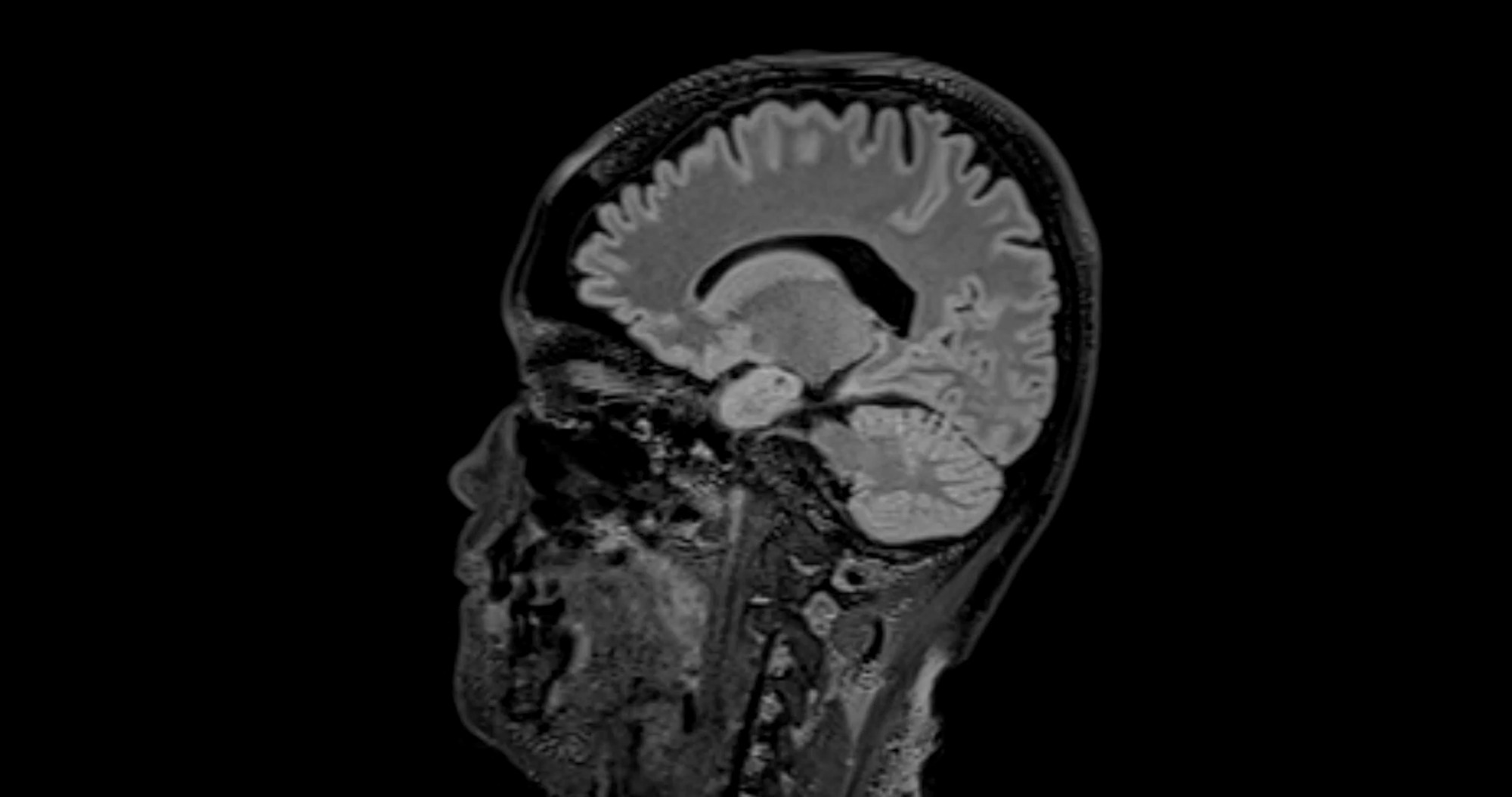In an article recently published in the journal Scientific Reports, researchers evaluated the feasibility of using deep transfer learning architectures for brain tumor detection with high accuracy.
 Study: High-Accuracy Brain Tumor Detection through Deep Transfer Learning. Image credit: Radiological imaging/Shutterstock
Study: High-Accuracy Brain Tumor Detection through Deep Transfer Learning. Image credit: Radiological imaging/Shutterstock
Background
The diagnosis of a brain tumor requires a comprehensive approach that typically involves a biopsy and imaging tests to identify the tumor grade and characteristics. Integrating artificial intelligence (AI) and deep learning has led to significant improvements in medical image analysis, which resulted in substantial advancements in the diagnosis, characterization, and detection of different medical conditions.
AI-powered deep learning methods can be utilized for brain tumor diagnosis with high accuracy due to their capacity to process huge volumes of data. Magnetic resonance imaging (MRI) is the gold standard for diagnosing brain tumors using machine vision as it is more effective than ultrasound, computed tomography, and X-ray imaging. However, accurate diagnosis of brain tumors is still difficult owing to the complex structure of the brain.
Importance of transfer learning
In medical image analysis, transfer learning is an important tool as it facilitates the development of high-performing models with reduced computational cost and training time. Different transfer learning models, such as DenseNet, MobileNet, Inception, and ResNet, have displayed remarkable efficacy in this field.
Pre-trained models can be repurposed on new tasks using the transfer learning technique, which makes the technique suitable for medical imaging tasks where labeled data is scarce. In medical imaging, this machine learning technique has significantly accelerated the development and enhanced the accuracy and performance of pre-trained models, leading to more accurate and faster cancerous lesion diagnosis, specifically the classification and identification of cancerous lesions.
The efficiency gains realized using transfer learning models can positively impact patient care as precise classification and early detection of cancer types are crucial for initiating targeted and timely treatment strategies. Thus, the amalgamation of transfer learning, AI, and deep learning technologies can usher in transformative change in the medical image analysis field by augmenting healthcare professionals' capabilities, reshaping the medical diagnostics paradigm, and improving patient outcomes.
The deep transfer learning-based approach
In this study, researchers investigated the potential of deep transfer learning architectures to improve brain tumor diagnosis accuracy. Four transfer learning architectures, including MobileNetV3, DenseNet169, VGG19, and ResNet152, were evaluated across three brain tumor image datasets to determine the most effective model for brain tumor classification using MRI scans.
The study's objective was to innovatively utilize transfer learning and fine-tuning MR images to classify brain tumors into four groups. These models were validated and trained using a brain tumor dataset sourced from the benchmark database Kaggle.
This dataset contained MRI images of the brains of 7,023 individuals, including individuals with cases of glioma, meningioma, and pituitary gland tumors and individuals without brain tumors/non-tumor or normal cases. In this collection, every category consisted of more than 1,600 high-quality images.
Overall, 1800, 1757, 1645, and 1621 images were in the no tumor, pituitary, glioma, and meningioma categories, respectively. 80% of 7,023 images in the dataset/5,618 images were utilized for training, while 20% of images/1,405 images were employed for testing.
Five-fold cross-validation was employed for testing and training. Image enhancement techniques were applied to the data for all four categories to improve the dataset balance and model performance. The transfer learning models were fine-tuned after processing and then applied to three benchmark datasets for performance optimization. Additionally, a single fully connected layer was added to improve the models. Recall, F1-score, precision, and accuracy were used as performance metrics during the evaluation.
Significance of the study
The DenseNet169 achieved 99.22% training accuracy and 98.32% validation accuracy, while VGG19 realized 99.07% training accuracy and 96.72% validation accuracy. The MobileNetV3 outperformed all other models in brain tumor diagnosis by achieving the highest training accuracy of 99.75% and validation accuracy of 98.52% at epoch 50 and epoch 45, respectively.
Although VGG19's validation and training accuracies were relatively stable, the validation accuracy of MobileNetV3 displayed some fluctuation. The five-fold test performance of four transfer learning models on the test dataset showed that ResNet152 achieved the highest accuracy value of 98.5%, followed by DenseNet169 with 96.75% accuracy, VGG19 with 96.0% accuracy, and MobileNetV3 with 96.0% accuracy.
These evaluations were performed after training every model for 50 epochs, which indicates that ResNet152 could consistently outperform the other models. ResNet152 also achieved good F1-score, precision, and recall compared to other evaluated models.
To summarize, ResNet152 displayed exceptional performance with 98.5% accuracy, surpassing the performance of other models, while MobileNetV3 showed exceptional efficacy in brain tumor classification with 99.75% training accuracy. These findings demonstrated the effectiveness of deep transfer learning architectures in classifying brain tumors with high accuracy.
Journal reference:
- Mathivanan, S. K., Sonaimuthu, S., Murugesan, S., Rajadurai, H., Shivahare, B. D., Shah, M. A. (2024). Employing deep learning and transfer learning for accurate brain tumor detection. Scientific Reports, 14(1), 1-15. https://doi.org/10.1038/s41598-024-57970-7, https://www.nature.com/articles/s41598-024-57970-7